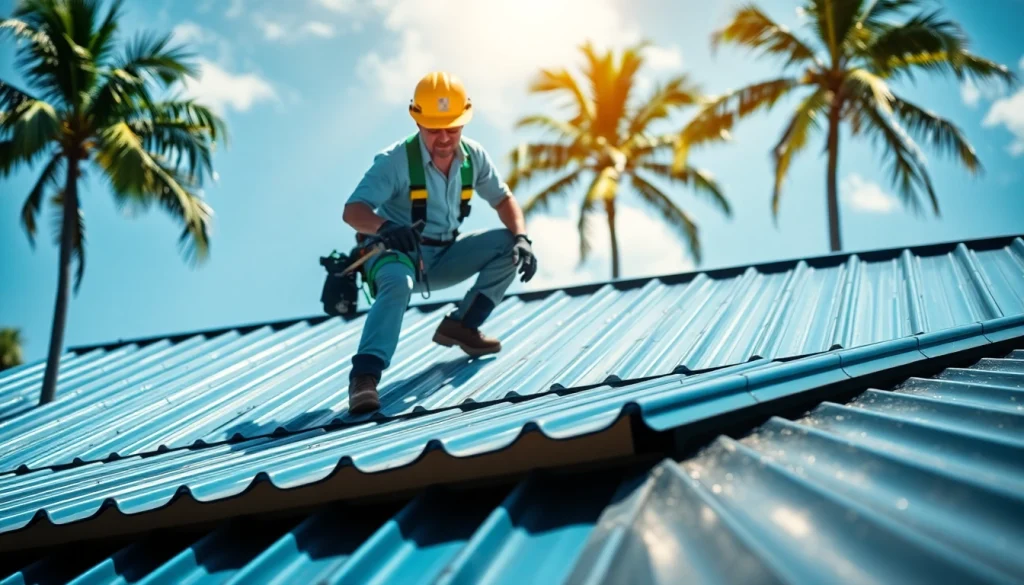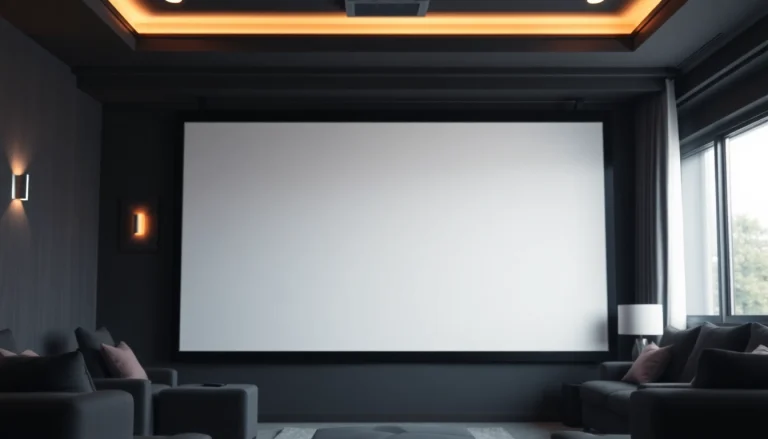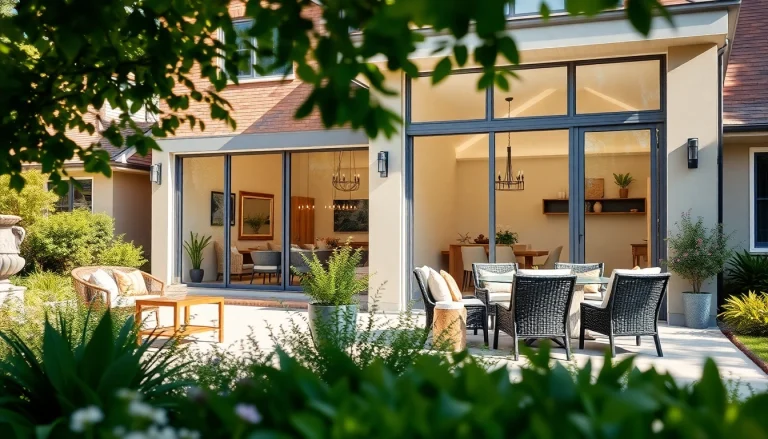
Understanding Florida Metal Roofing
Metal roofing has surged in popularity over the past decade, particularly in regions such as Florida, where weather conditions necessitate durable building materials. This type of roofing offers homeowners an attractive, long-lasting solution that can withstand the unpredictable climate from hurricanes to intense sun exposure. If you’re considering an upgrade, florida metal roofing is worth exploring. In this comprehensive guide, we’ll delve into what metal roofing is, its benefits specific to Florida, common applications, and more.
What is Metal Roofing?
Metal roofing refers to roof systems made from metal pieces or tiles. Traditionally made from steel, copper, or aluminum, metal roofs are gaining recognition for their durability, longevity, and aesthetic variety. Unlike standard asphalt shingles that can warp and degrade, metal roofs have a lifespan that can exceed 50 years with proper maintenance. They are designed to provide effective weather protection while enhancing the home’s architectural appeal.
Benefits of Metal Roofing in Florida
The benefits of metal roofing are particularly pronounced in Florida’s unique climate. Homeowners often cite the following advantages:
- Durability: Metal roofs are incredibly resistant to extreme weather, including hurricanes and heavy rainfall, making them ideal for Florida’s storm-prone regions.
- Energy Efficiency: These roofs reflect solar radiant heat, which can help reduce energy costs by keeping indoor temperatures cooler. This is especially beneficial in Florida’s hot climate.
- Low Maintenance: Once installed, metal roofs require minimal maintenance compared to other roofing materials, helping homeowners save time and money over the years.
- Fire Resistant: Metal roofs are non-combustible and provide enhanced fire protection, which is particularly important in areas with dry conditions.
- Recyclability: Many metal roofs are made from recycled materials and are themselves fully recyclable, making them an environmentally sustainable choice.
Common Applications and Use Cases
Metal roofing is used in a variety of residential and commercial settings in Florida. Common applications include:
- Residential Homes: Metal roofs enhance home appearance and provide substantial long-term savings due to their longevity.
- Commercial Buildings: Many businesses opt for metal roofing for its durability and wide variety of styles.
- Agricultural Structures: Farmers utilize metal roofs for barns and storage buildings where low maintenance and durability against nature are essential.
Types of Metal Roofing Available
Different Styles of Metal Roofing
Metal roofing comes in various styles, each suited to different aesthetic preferences and functional requirements. The most popular styles include:
- Standing Seam: Features vertical panels with seams that interlock, providing a clean, streamlined look.
- Metal Shingles: Mimic traditional roofing styles such as slate or wood shake but deliver greater durability.
- Corrugated Metal Panels: Lightweight and robust, often used for agricultural buildings features a wavy profile.
Popular Materials Used in Florida
Florida homeowners have several options regarding materials, including:
- Steel: Available in galvanized or Galvalume options, steel roofs are durable and affordable, offering good corrosion resistance.
- Aluminum: Highly resistant to rust and lightweight, aluminum is suitable for coastal areas where salty air can cause corrosion.
- Copper: Although more expensive, copper roofs provide unmatched beauty and the ability to develop a natural patina over time. They are incredibly durable and typically found in high-end applications.
Comparing Metal Roof Types
When evaluating metal roofing options, it’s crucial to consider the pros and cons of each type. For instance:
- Standing Seam: Expensive but offers exceptional weather resistance and a modern aesthetic.
- Metal Shingles: Blend in well with traditional design but may not provide the same longevity as standing seam systems.
- Corrugated Panels: Cost-effective for agricultural use but might lack the aesthetic appeal for residential applications.
Installation Process of Florida Metal Roofing
Preparation Before Installation
Before installing a metal roof, proper preparation is crucial. This includes:
- Conducting a thorough assessment of the existing roof structure.
- Acquiring necessary permits based on local building codes.
- Choosing appropriate materials that meet Florida’s specific building requirements.
Step-by-Step Installation Guide
The installation of metal roofing generally follows these steps:
- Remove the existing roof if necessary and prepare the roof deck.
- Install insulation and a water-resistant barrier to prevent moisture infiltration.
- Lay down metal panels starting from the eaves, fastening them securely.
- Ensure proper alignment and sealing of joints to prevent leaks.
- Install ridges and flashing to protect areas of vulnerability.
Common Mistakes to Avoid
Many homeowners can encounter challenges when installing metal roofing. Common pitfalls include:
- Improper measuring of materials, leading to waste or inadequate coverage.
- Poorly installed flashing that can cause leaks.
- Using low-quality materials that do not meet Florida’s building codes.
Maintenance Tips for Metal Roofs
Regular Maintenance Practices
To ensure longevity, regular maintenance is essential. Recommended practices include:
- Inspecting the roof twice a year for any signs of wear or damage.
- Cleaning gutters and downspouts to prevent water buildup.
- Removing debris such as leaves that can trap moisture and lead to corrosion.
Identifying Common Issues
Being aware of typical metal roofing issues can help in early detection and mitigation. Keep an eye out for:
- Rust spots or corrosion on panels, especially in coastal homes.
- Loose or missing fasteners that could lead to water entry.
- Worn seals around flashing or vents that might need replacement.
Long-Term Care for Longevity
Beyond routine inspections, long-term care strategies include:
- Professional inspections to catch hidden problems.
- Reapplying sealants on joints and fasteners when necessary.
- Considering protective coatings that can enhance longevity and appearance.
Cost Analysis of Florida Metal Roofing
Factors Influencing Costs
The cost of metal roofing in Florida varies considerably based on several factors, including:
- Type and quality of materials selected.
- Roof size and complexity of the installation.
- Geographical location and the local market demand.
Pricing Comparisons with Other Roofing Types
While metal roofs initially come at a higher expense compared to asphalt shingles, it’s vital to compare lifetime costs. For example:
- Asphalt shingles may cost between $8,000 to $15,000 for a 2,000 square foot home but last 15-20 years.
- Conversely, a metal roof can range from $18,000 to $45,000 but can last 50 years or more.
Investment vs. Value in Florida
Investing in a metal roof provides significant value in terms of durability, energy efficiency, and aesthetic appeal. While the upfront cost is higher, the long-term savings in energy bills, maintenance, and replacements make metal roofing an economically sound decision. Additionally, homes with metal roofs often see better resale values due to their desirability and durability.






